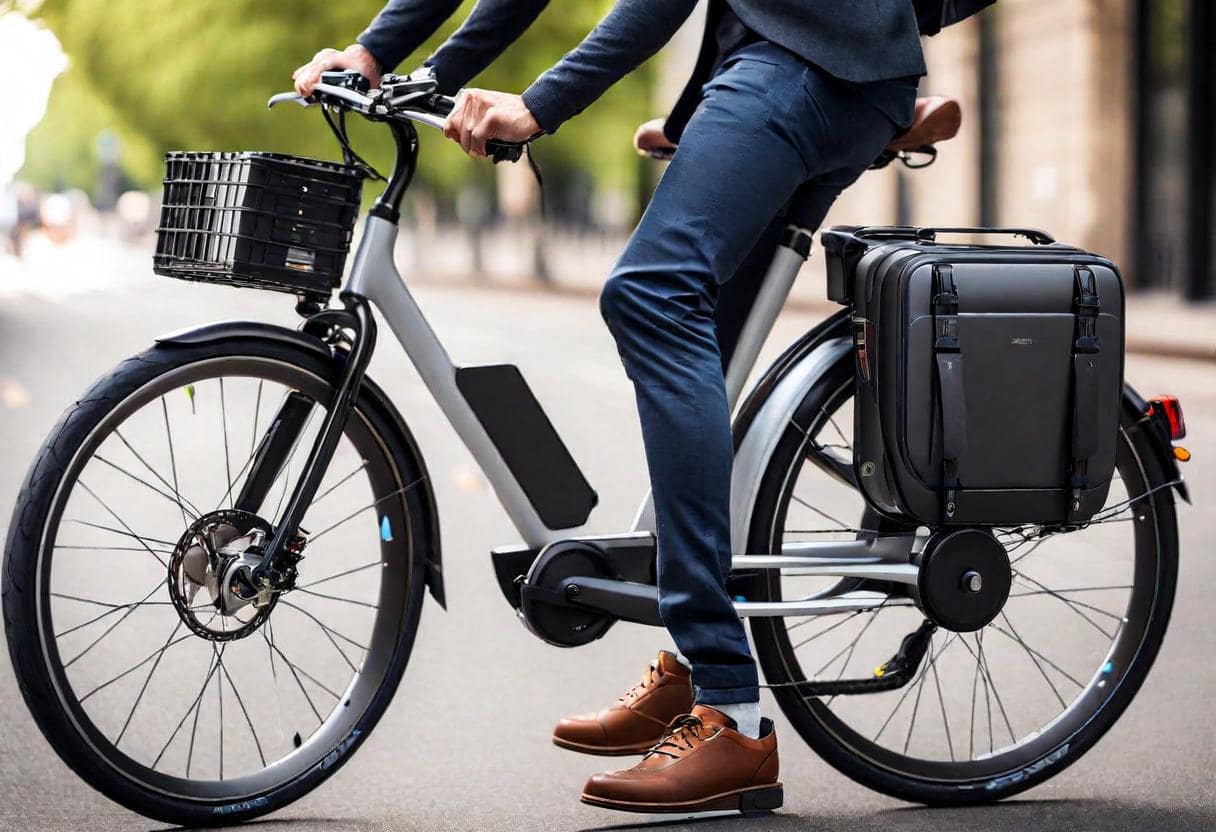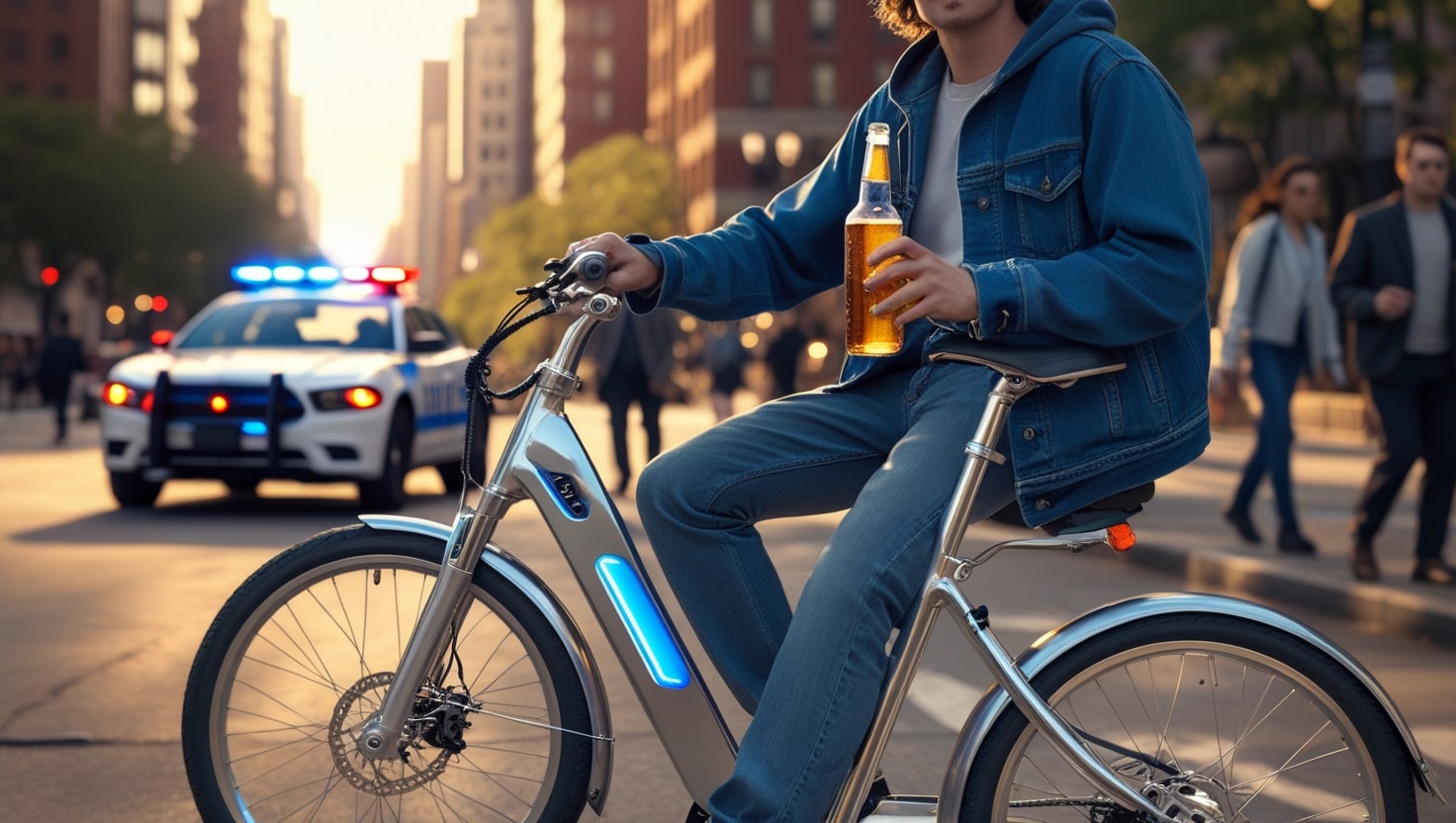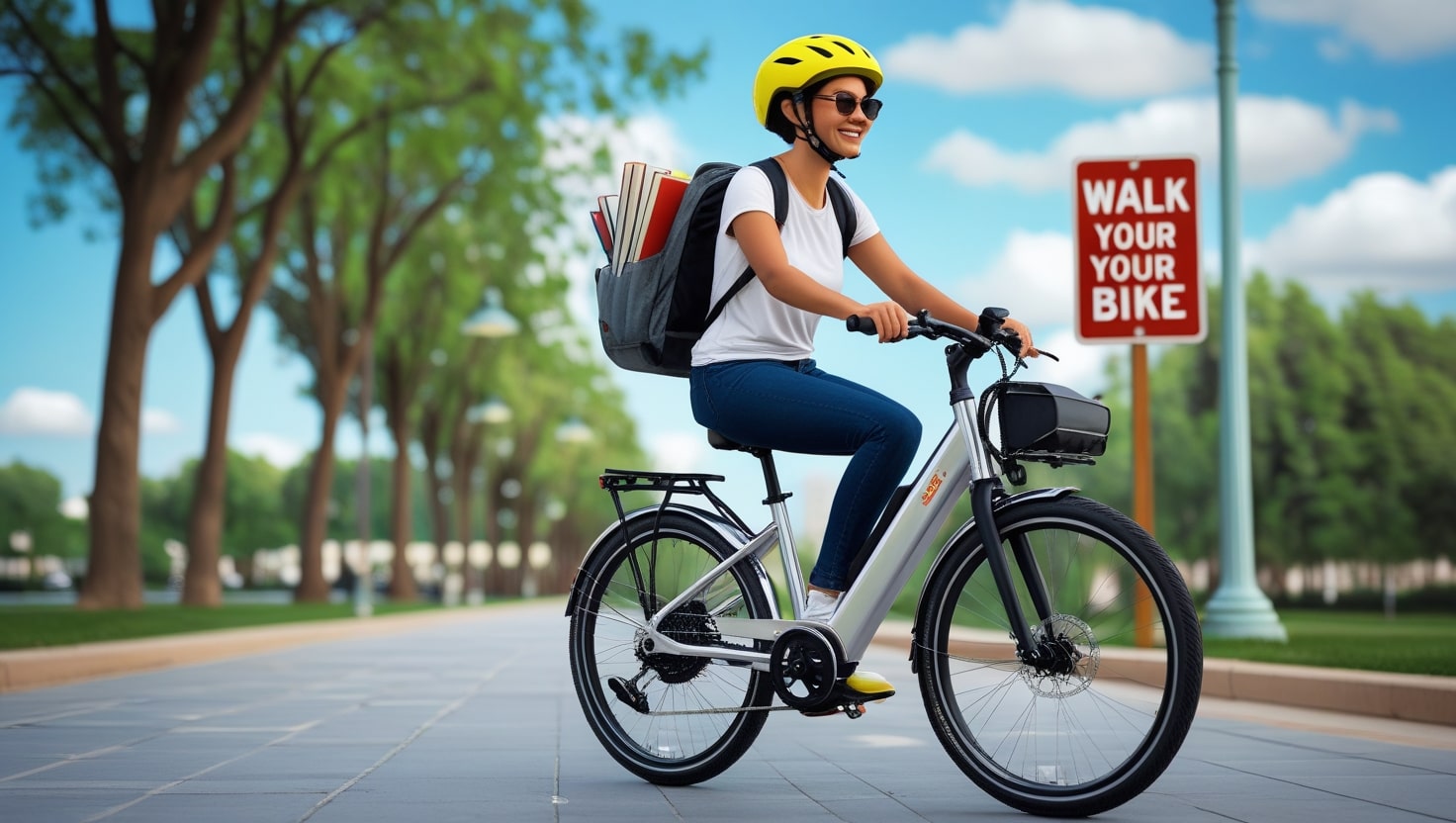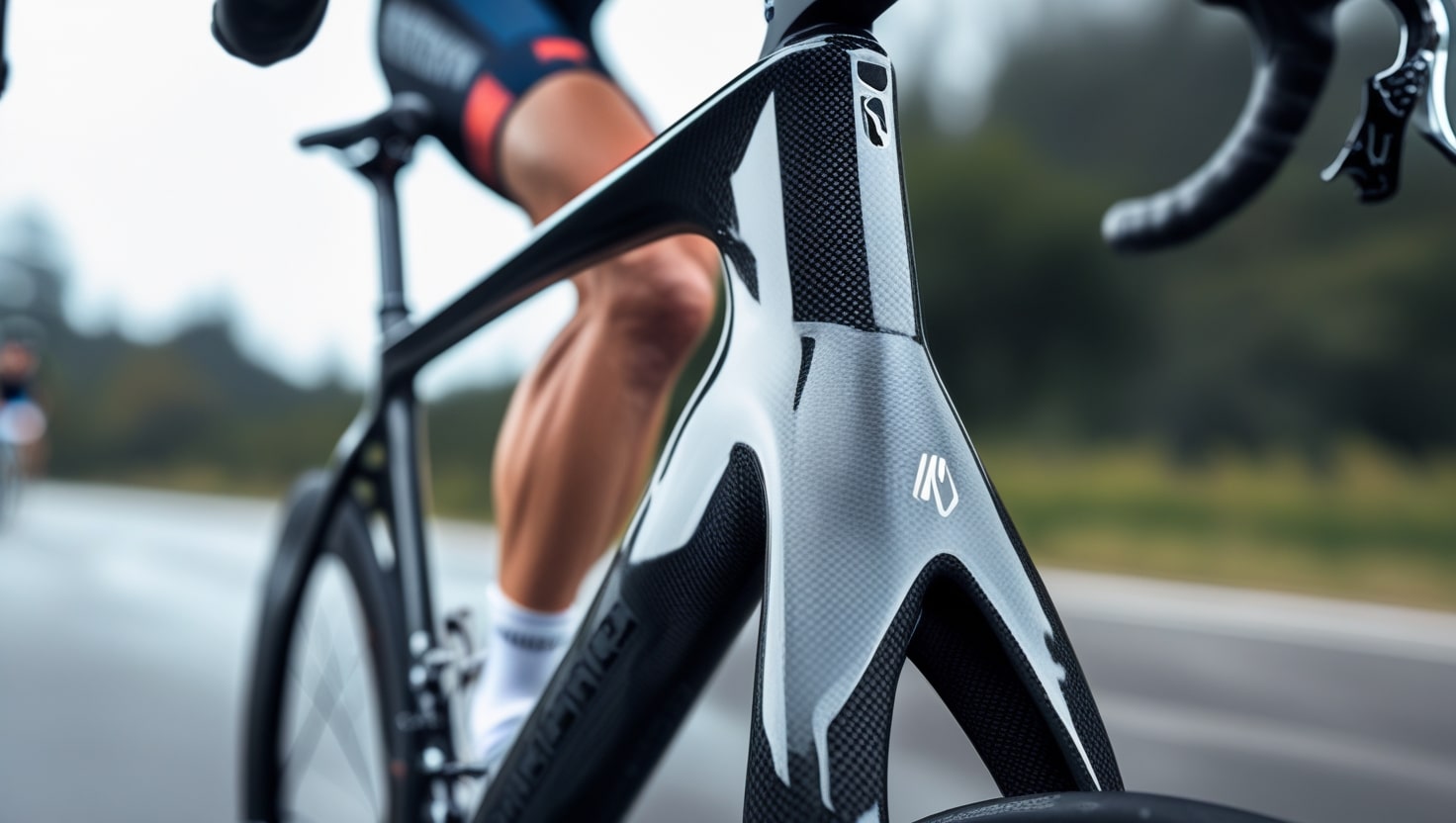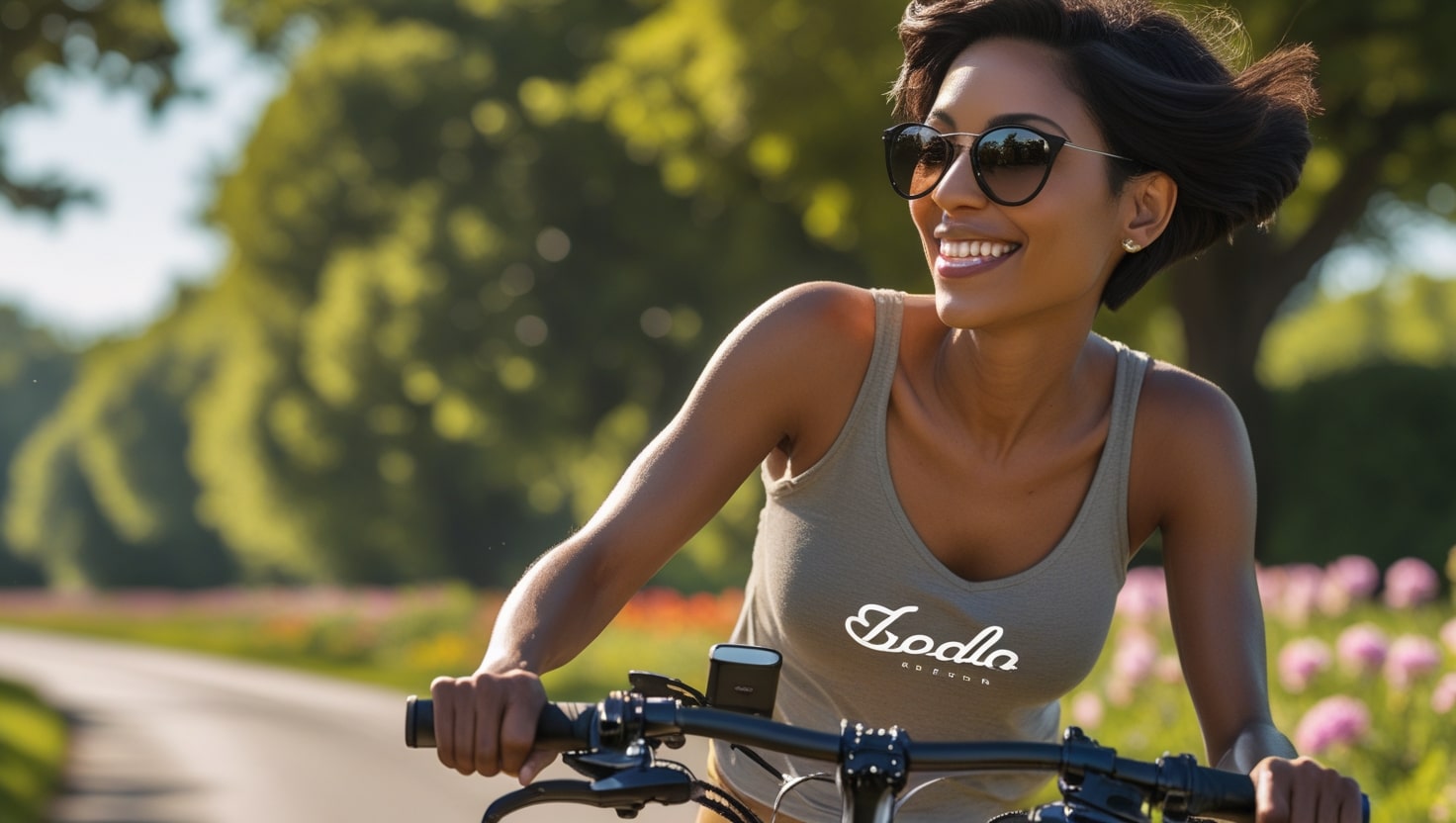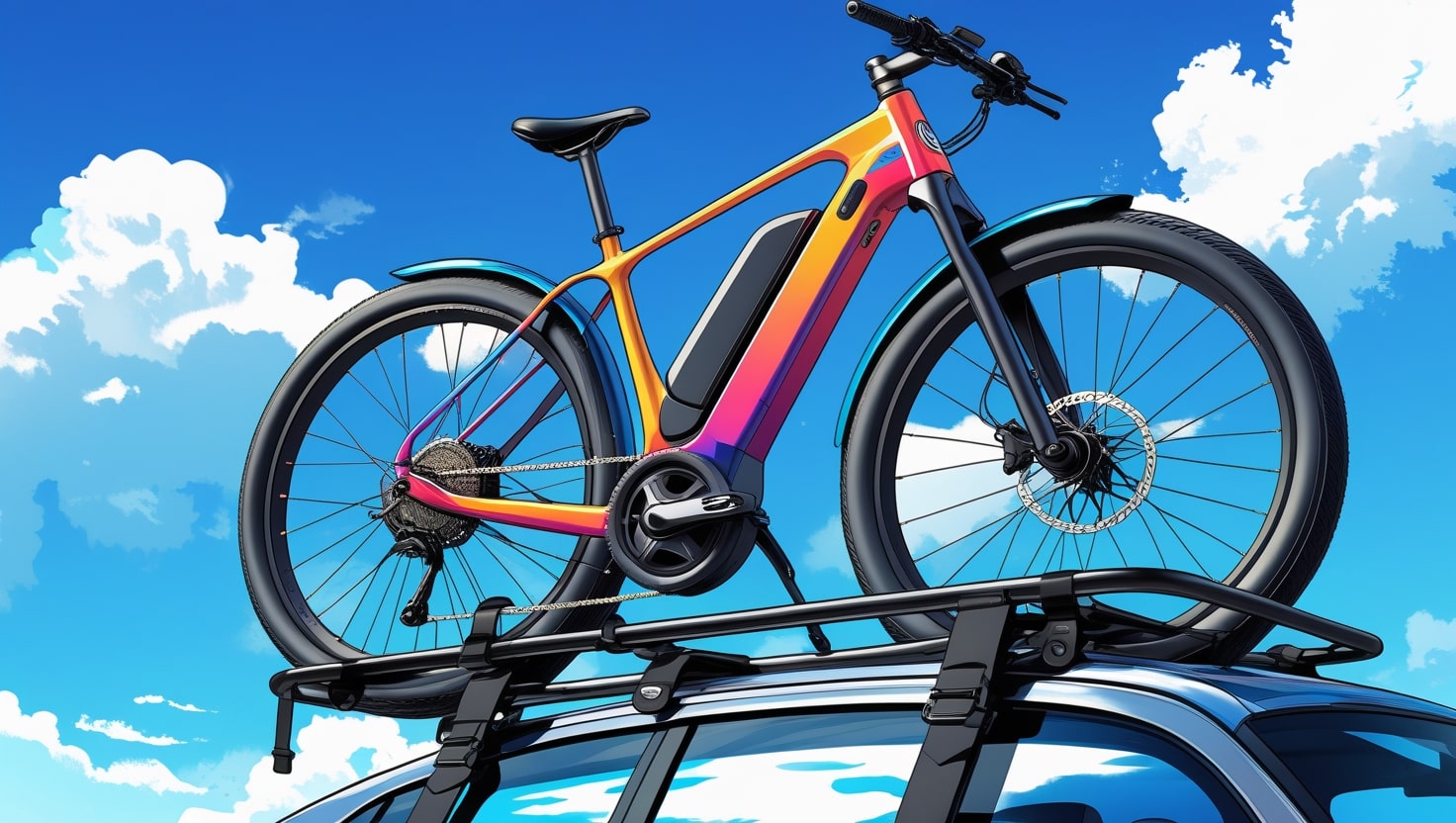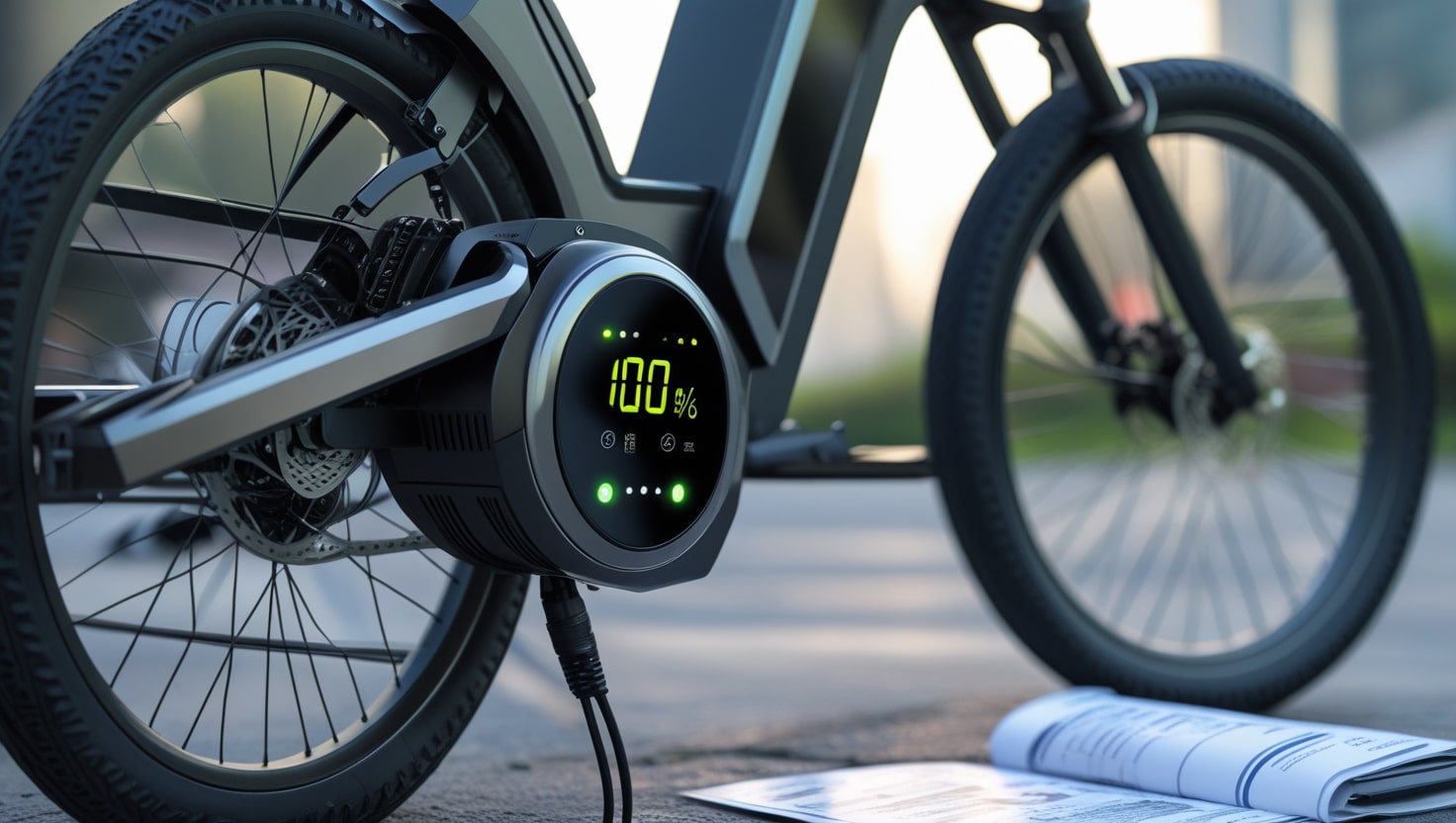Riding electric bikes in New York has become more popular over the years, especially after the pandemic. The growing popularity of these two-wheelers on streets has led to new regulations to keep up with the change. If you live in the state, you need to know the New York ebike laws to ensure safe and legal riding. These laws help riders avoid issues while commuting in cities or enjoying long rides.
Ebikes offer a quick and efficient way of getting around, whether for work or leisure. Their appeal lies in their practicality, covering more distance with ease. However, as these bikes are different from traditional bicycles, it’s important to catch up with evolving laws to minimize risk. The working of legal policies aims to balance fun and safety while adapting to modern urban mobility.
Related: Idaho eBike Laws
Operating an Electric Scooter or Bicycle With Electric Assist
Electric scooter: A device with handlebars, a floorboard, or a seat that the operator can stand or sit on. It has a motor that can be powered by human power or the electric motor alone. The maximum speed allowed is 20 miles per hour on a paved level surface when solely using the motor. According to §114-e NYS VTL, it is illegal to operate a scooter at an excess of 15 miles per hour.
Bicycle with an electric assist: A bicycle with an electric assist belongs to multiple classes of bicycles equipped with a motor and operable pedals. It is defined as a bike not exceeding 36 inches wide with a 750-watt motor, and meeting all equipment and manufacturing requirements set by the Consumer Product Safety Commission under 16 C.F.R. Part 1512.1 et seq.
A bicycle with an electric assist does not qualify for registration as a motorcycle, limited-use moped, or ATV in New York State. These devices must follow specific rules to be operated legally. Riders should ensure their equipment meets safety standards before riding on streets and highways.
Riders must obey the posted speed limit, which cannot exceed 30 MPH. While municipalities can regulate the time, place, and manner of operation, local law and ordinance determine whether e-bikes or scooters cannot be used on the sidewalk. Always check if riding in certain areas is authorized before taking your e-bike out.
Related: South Dakota Ebike
E-Bikes Classification
Class 1 E-Bike: A bicycle with an electric assist system where the motor only provides assistance when the person is operating by pedaling. The assistance ceases once the speed reaches 20 miles per hour.
Class 2 E-Bike: This type of bicycle comes with an electric assist but can be exclusively used to propel itself without pedaling. However, it is not capable of providing further power once it reaches 20 miles per hour.
Class 3 E-Bike: Found solely in a city with a population of one million or more, this electric bicycle has a motor that can exclusively propel the bike. It is capable of reaching up to 25 miles per hour but does not provide assistance beyond that speed.
Operating a Registered ATV on Public Highway
You cannot operate an ATV on a public highway unless it is designated and posted for use. These areas are typically short distances that connect off-road trails, allowing riders to transition between paths legally. Always check for proper signage before riding, as unauthorized highways remain restricted for ATVs.
What to know before you e-bike
- Keep yourself and others safe by accelerating and braking carefully to avoid sudden stops.
- Avoid staying on sidewalks, as e-bikes should be used on the road while following all traffic laws.
- Wear a helmet for protection, especially in high-traffic areas.
- Yield to pedestrians and always watch for turning vehicles to prevent accidents.
Related: Nebraska eBike Laws
Classification Label
As of June 1, 2022, all E-Bikes and E-Scooters in New York State must have a manufacturer’s label prominently affixed to display important classification information. This label provides details about the wattage of the electric motor, the maximum speed with assist, and whether the vehicle is classified as Class 1, 2, or 3.
NOTE: Since they are not classified as e-bikes or e-scooters, devices like mopeds, electric skateboards, segways, hoverboards, and electric unicycles may be prohibited from using New York State highways or be subject to additional rules.
Lawful Operation of E-Bikes and E-Scooters:
- E-Bikes and E-Scooters have the same rights and duties as any driver of a motor vehicle or rider of a bicycle when operating in New York State.
- Cities and towns have local authority to prohibit use, require helmets, or mandate reflective clothing. Always check with your jurisdiction for laws and ordinances in your area.
- Helmets are recommended for all riders but required for 16 and 17-year-olds, as well as Class 3 e-bike operators in New York City.
- Riders can carry passengers and must use bike lanes whenever possible but cannot ride on roads with speed limits over 30 mph.
- For trails and paths, check with municipal or park officials, as regulations may differ.
- Riding on sidewalks is only authorized where law or ordinance allows.
- Riders must stay in single file and cannot ride double like traditional bikes.
- E-Bikes must have a front white light and a rear red light after sunset for visibility.
Related: Wyoming Ebike Laws
Vehicles That Cannot be Registered or Operated on New York State Sidewalks, Streets or Highways
Mini-bike: A small, motorized device with two wheels designed for off-road use. It does not qualify as a moped, motorcycle, or ATV and cannot be legally operated on public roads.
Off-road Motorcycle (Dirt Bike): A bike specifically designed for trails and competitions. Unless exempt, it must be registered as an ATV if used in certain areas.
Go-Kart: A four-wheeled vehicle created for recreational off-road use. It lacks the necessary equipment to be considered a legal motor vehicle or ATV for street use.
Golf Cart: Also called a Golf Car or Neighborhood Electric Vehicle, this three-wheeled or four-wheeled vehicle is meant to carry people at low-speed. While some low-speed vehicles have a similar appearance, only those meeting federal motor safety standards (500, 49 CFR 571.500) and with a certified maximum performance speed by the manufacturer may be approved for limited use on highways.
KEI-Class Vehicles: A category of lightweight vehicles originally made for the Japanese domestic market. These vehicles cannot be titled or registered in New York State, as per Authority Section 400-a of NYS VTL.
Lawnmower: A self-propelled machine that is operated in a seated or standing position. It is designed primarily for cutting grass on a lawn and is not permitted for use on public roads.
Related: Delaware eBike Laws
Related: New Mexico Ebike Laws
New York ebike Laws FAQs
How fast can I go?
The speed of an E-Bike or E-Scooter depends on its classification. Class 1 and Class 2 e-bikes can reach up to 20 MPH, while Class 3 models can go as fast as 25 MPH. If you ride a Moped Class C, you are limited to 30 MPH, whereas a Moped Class B can go slightly faster. A Moped Class A may reach 40 MPH, but these require registration and licensing. Keep in mind that most local roads restrict e-bikes and e-scooters to a maximum of 15 MPH for safety.
Do I need a Driver's License?
If you are riding an E-Bike or E-Scooter, you do not need a license to operate it. However, mopeds have different rules. A Moped Class C and Moped Class B require a valid driver’s license, while a Moped Class A needs both a license and registration. Class 1, Class 2, and Class 3 e-bikes can be used without a license, but riders must follow local traffic laws for safety.
Does it need a license plate?
If you own an E-Bike or E-Scooter, you do not need a license plate to ride legally. However, mopeds follow different rules. A Moped Class C and Moped Class B require registration, meaning they must have a license plate. A Moped Class A also needs a plate, along with a valid driver’s license. Class 1, Class 2, and Class 3 e-bikes do not need registration.
Does it need a Vehicle Identification Number (VIN)?
A Vehicle Identification Number (VIN) is not required for an E-Bike or E-Scooter in New York. These vehicles do not need registration, so they are not assigned a VIN like other motor vehicles. However, if you own a Moped Class C, Moped Class B, or Moped Class A, a VIN is required for registration and legal operation. Class 1, Class 2, and Class 3 e-bikes do not need a VIN.
Do I need to register it with the DMV?
If you own an E-Bike or E-Scooter, you do not need to register it with the DMV in New York. However, if you ride a Moped Class C, Moped Class B, or Moped Class A, you must register it with the DMV to legally operate on public roads. Class 1, Class 2, and Class 3 e-bikes do not require DMV registration, allowing for more flexible and hassle-free riding.
Can I ride in bike lanes?
In New York, you can ride an E-Bike or E-Scooter in bike lanes wherever permitted. Class 1, Class 2, and Class 3 e-bikes are generally allowed in these lanes, but some areas may have restrictions. However, if you own a Moped Class C, Moped Class B, or Moped Class A, you cannot use bike lanes since mopeds are treated like motor vehicles and must follow road regulations. Always check local laws before riding.
Can I ride in vehicle lanes?
In New York, you can ride an E-Bike or E-Scooter in vehicle lanes if a bike lane is not available. Class 1, Class 2, and Class 3 e-bikes are allowed to share the road with cars, but riders must follow traffic rules. However, if you operate a Moped Class C, Moped Class B, or Moped Class A, you must ride in vehicle lanes.
Can I ride in park drives and greenways?
In New York, riding an E-Bike or E-Scooter in park drives and greenways depends on local regulations. Class 1, Class 2, and Class 3 e-bikes are usually allowed in some parks, but restrictions may apply to protect pedestrians and the environment. However, Moped Class C, Moped Class B, and Moped Class A are not permitted in these areas.
Do I need to wear a helmet?
In New York, wearing a helmet depends on the type of vehicle and the rider’s age. While it is always recommended for safety, Class 3 E-Bike riders and anyone under 18 must wear a helmet by law. E-Scooter users also need a helmet if they are under 18. For mopeds, Moped Class C, Moped Class B, and Moped Class A riders must wear a helmet, regardless of age. Class 1 and Class 2 e-bike riders are not legally required to wear one but should for protection.

